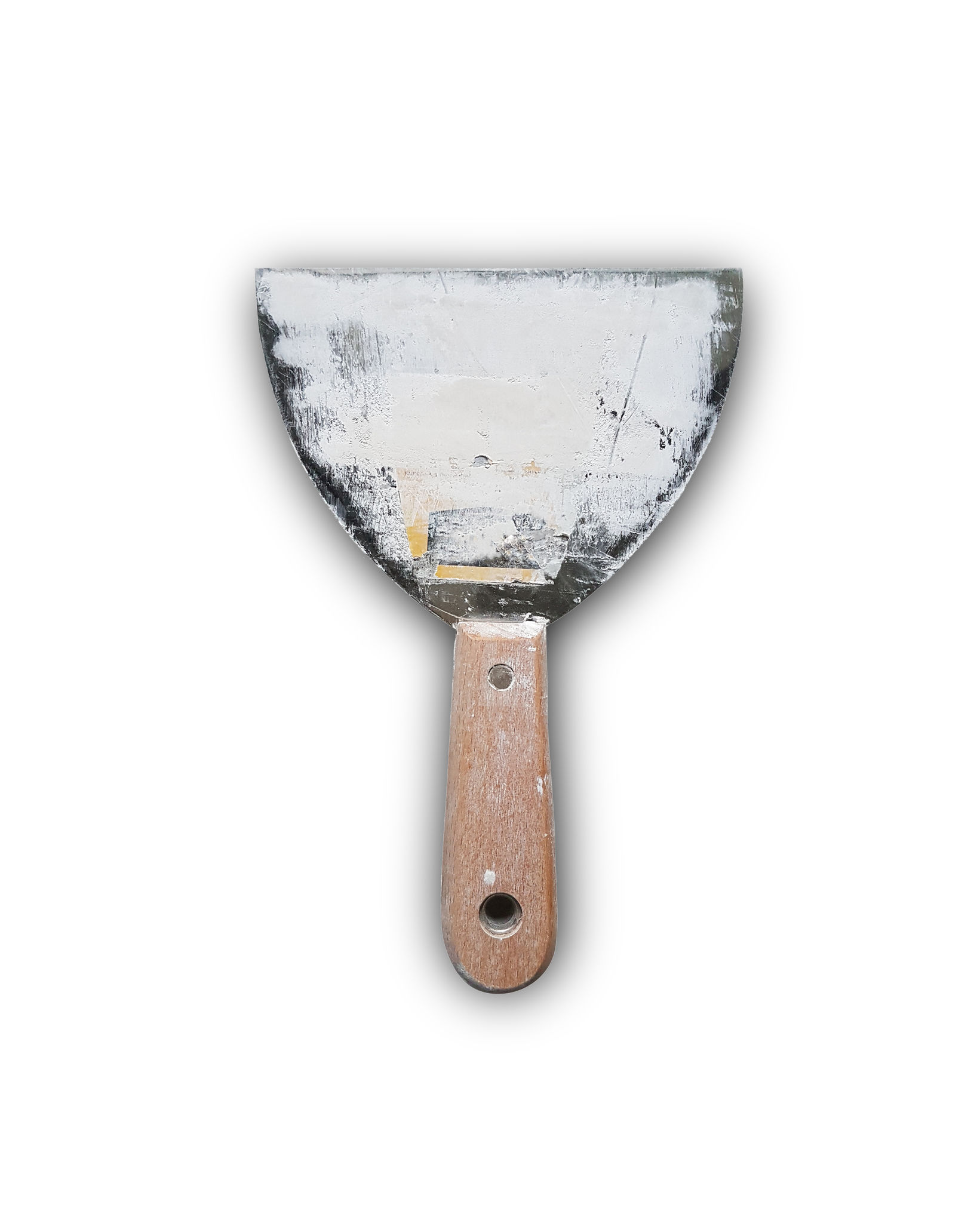Comparing Plastering and Skimming Services in London: What You Need to Know
Understanding Plastering and Skimming
When it comes to renovating or upgrading walls in your home or office, plastering and skimming are two terms that often come up. While both processes are related to wall finishing, they serve different purposes and have distinct characteristics. It's essential to understand what each service entails to make an informed decision for your property.
What is Plastering?
Plastering is the process of applying a thick layer of plaster mix to walls or ceilings to create a durable, smooth surface. This technique is often used in new construction or major renovation projects. Plastering provides a strong base that is ideal for painting or wallpapering. It can also improve the acoustic and thermal properties of a building.
There are different types of plaster used, including gypsum, lime, and cement-based plasters. The choice of plaster depends on the specific needs of the project and the preferences of the homeowner or contractor. Plastering is crucial for ensuring that walls are sturdy and long-lasting.

What is Skimming?
Skimming, on the other hand, is a technique used to achieve a perfectly smooth and flat finish on walls or ceilings. It involves applying a thin layer of plaster over existing plasterwork or other surfaces. Skimming is often used to refresh old walls, cover imperfections, or prepare surfaces for painting and decorating.
This process requires precision and skill, as the goal is to create an even surface without any visible lines or bumps. Skimming is typically quicker and less labor-intensive than full plastering but requires expertise to ensure a flawless finish.
Choosing the Right Service for Your Needs
Deciding between plastering and skimming depends on several factors, including the current condition of your walls, your budget, and your desired outcome. Here are some considerations:
- If your walls have significant damage or irregularities, plastering may be necessary to create a solid foundation.
- For minor imperfections or if you want to refresh the appearance of your walls, skimming might be the ideal solution.
- Consider the time available for your project; skimming generally takes less time than full plastering.

Cost Considerations
The cost of plastering and skimming can vary greatly depending on several factors, such as the size of the area, the type of materials used, and the complexity of the job. Plastering typically requires more materials and labor, making it more expensive than skimming.
However, investing in high-quality plastering can be more cost-effective in the long run, as it enhances the durability of your walls. On the other hand, skimming is budget-friendly for minor repairs and aesthetic upgrades.
Finding Reliable Services in London
Whether you opt for plastering or skimming, choosing a reliable service provider in London is crucial. Look for professionals with experience and positive customer reviews. It's also beneficial to request quotes from multiple providers to compare prices and services.
Ensure that your chosen contractor understands your specific needs and can provide expert advice on the best approach for your project. A good contractor will help you achieve the desired finish while staying within your budget.

In conclusion, both plastering and skimming are valuable services that can enhance the appearance and functionality of your walls. By understanding their differences and assessing your needs, you can make an informed choice that will benefit your property for years to come.
